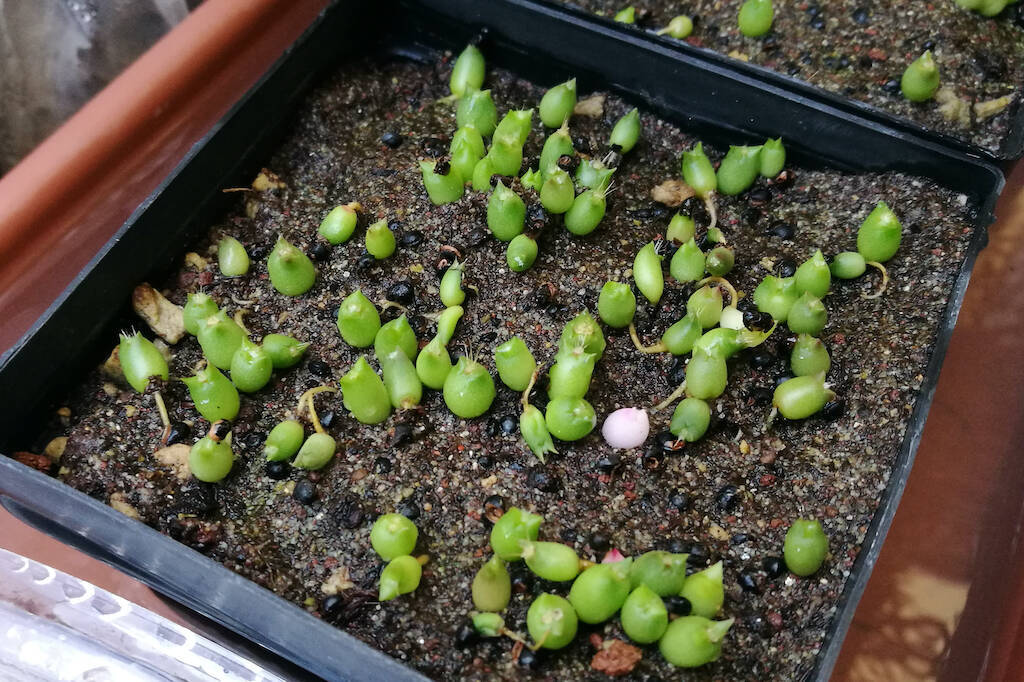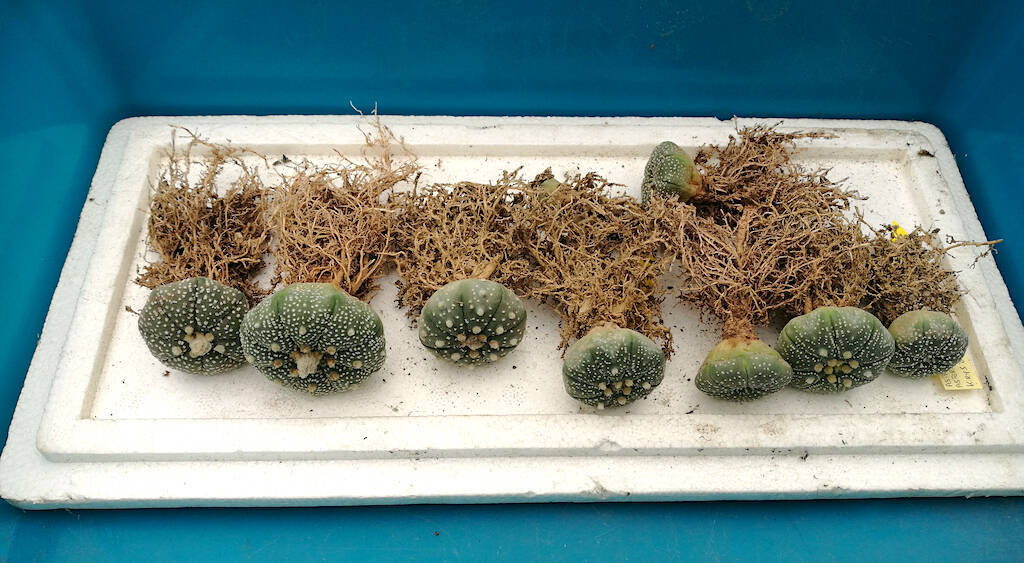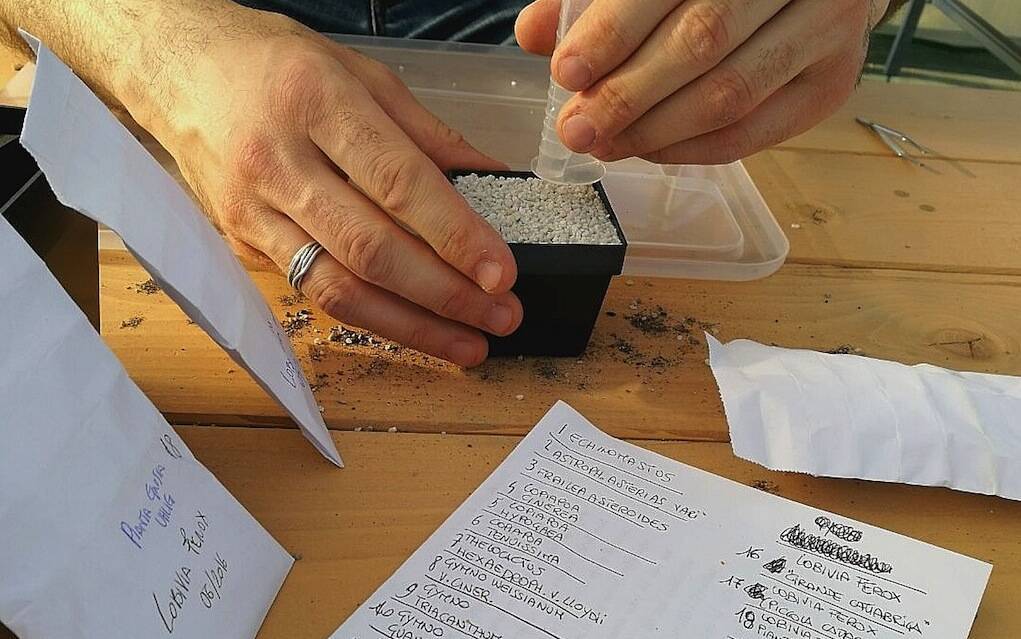I confess: I do not have the skills nor the desire to build an artificial propagator. You can find detailed instructions and all the necessary information online, but I’ve never put myself there. This doesn’t mean that you can’t achieve good results even with traditional seeding. For over fifteen years, in fact, I have been sowing in spring with natural light and heat, using the classic “method of the bag”. I sow above all Cactaceae and, at the cost to being banal, I fully confirm what all plant lovers can tell you: it is from sowing that we can get the most satisfaction if we have this “disease” of cultivation. Moreover, it is only by the sowing that we can appreciate the different stages of development of a plant, follow its evolution from birth to flowering (a small-big event!), and get specimens able to adapt from the beginning to the conditions we can give them for the rest of life. For myself, another basilar aspect of sowing is that in this way I can have more specimens of the same species and genus, born in the same conditions, on which to test different growing regimes. In short, you start all, democratically, from the same point, then you see who arrives and how he arrives through different soils, different exposures, and so on. In short, different cultivation practices. So it’s clear that since the starting point is the same (the seed, which obviously must come from the same fruit) if the plants after a few years show significant differences between them, this will be mainly due to the different soil, the exposure, the irrigation and fertilization regimes used. And from this, empirically, useful lessons can be drawn.
Let’s explore the topic in the following article, describing sowing step by step. (…)
Per proseguire nella lettura dell'articolo Accedi o Abbonati
To continue reading the article LogIn or Subscribe





